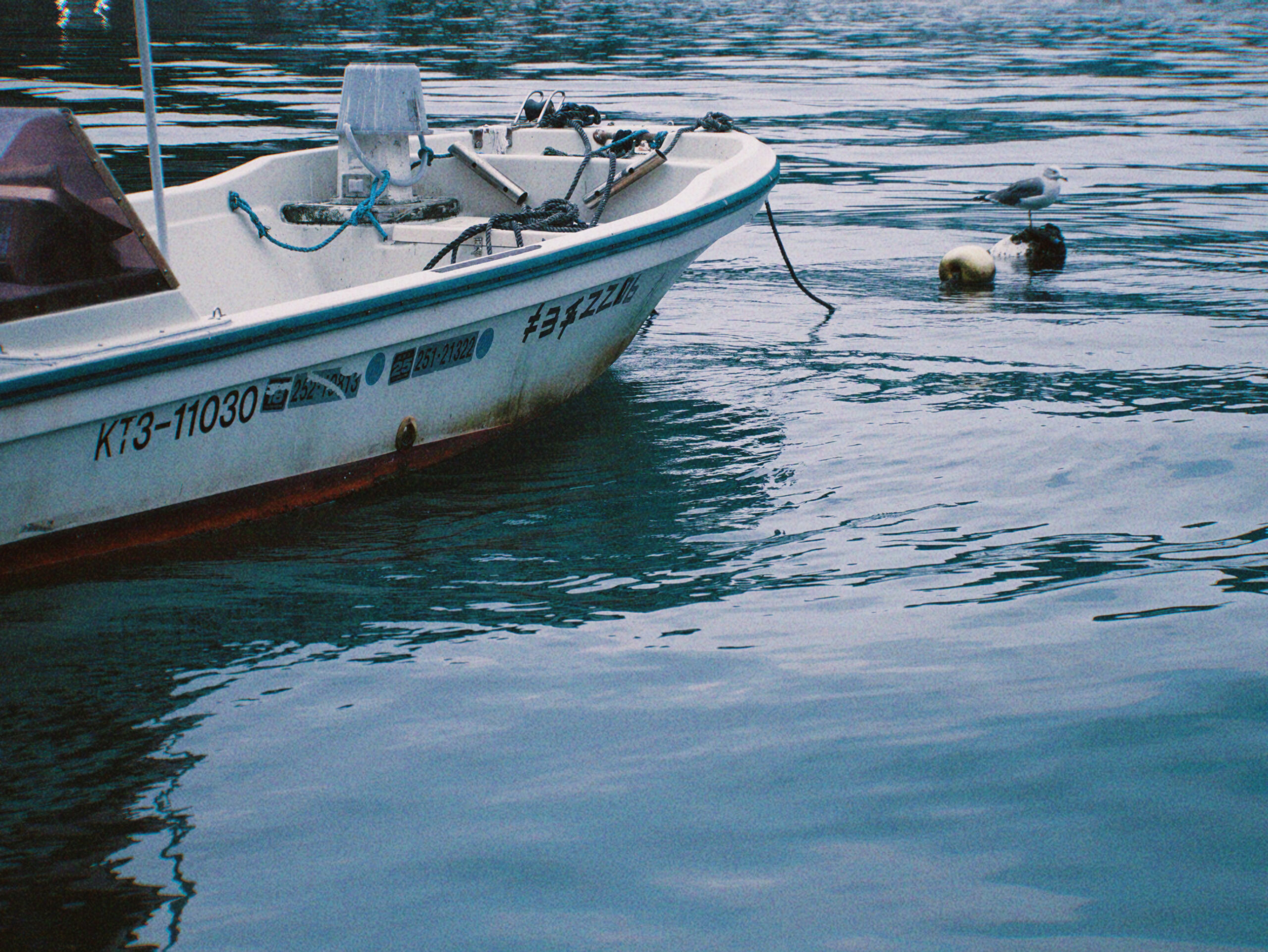On a friend’s advice, I drove about two and a half hours north from Kyoto.
In a quiet bay of Wakasa, the Funaya of Ine stand side by side.
Wooden houses built right above the water seem cut off from time, and the sight instantly captures anyone who sees it.
Even today, though it is well known as a tourist spot, the reflections in the bay feel nostalgic and quietly move the heart.
The Funaya of Ine
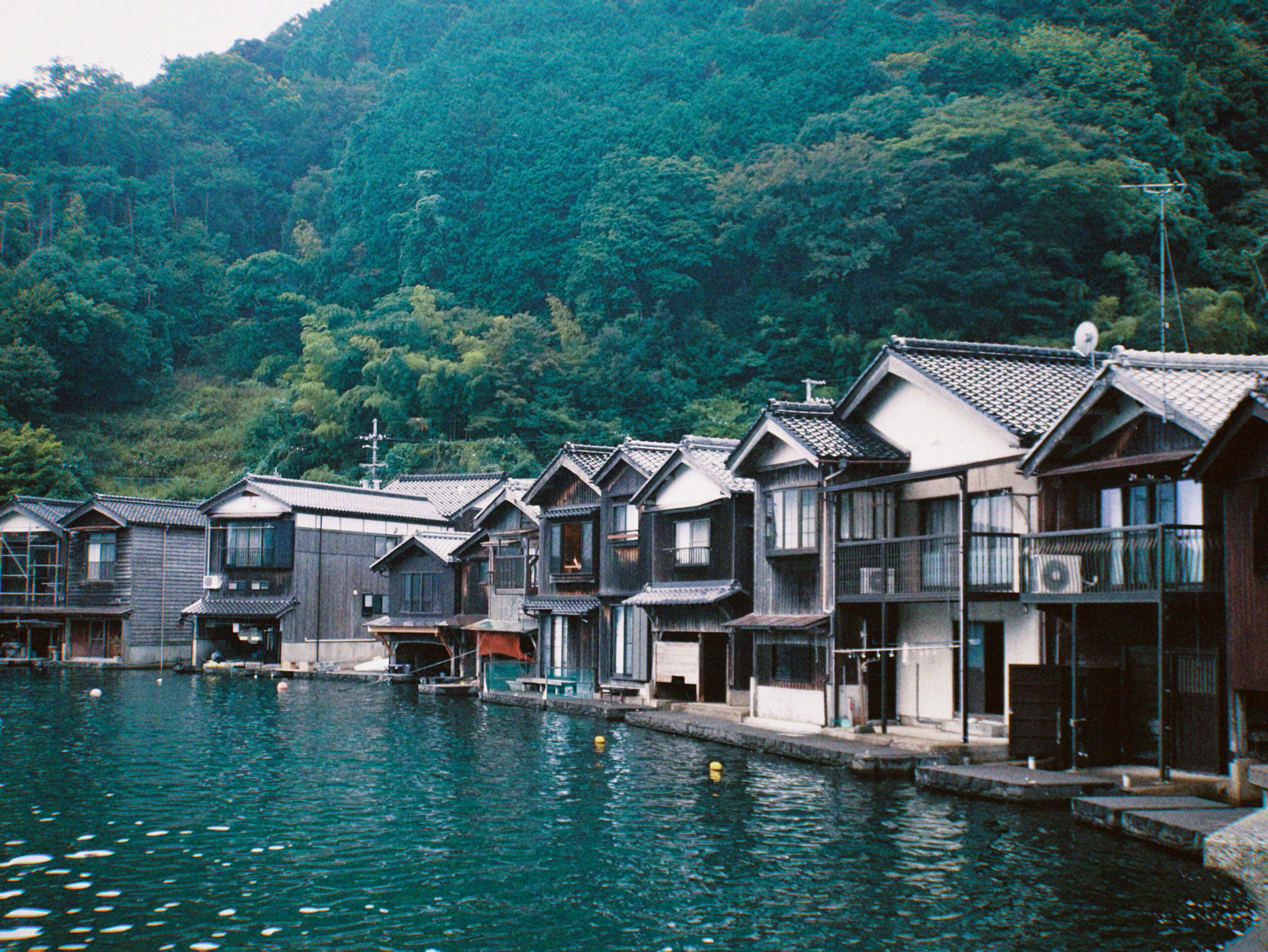
But the Funaya were never built for tourism.
From the Edo period to the Showa era, they were homes and workplaces for fishermen.
The first floor was for boats, the second for living and working.
This design reflected the very life of people who lived with the sea.
Surely in the morning the sound of boats spread through the port, and in the evening people hung nets and fixed their tools.
Children diving from the pier, their laughter and splashes, must have been part of this scene.
Each time I imagine those scenes, I feel the gap with present-day Ine.
Today the Funaya are preserved and arranged for tourism, drawing many visitors with their beauty.
This surely supports the town’s economy and connects it to the future.
Yet standing before the Funaya, now so still like exhibits, I feel sadness that the sounds of daily life are gone.
Homes Embracing the Water
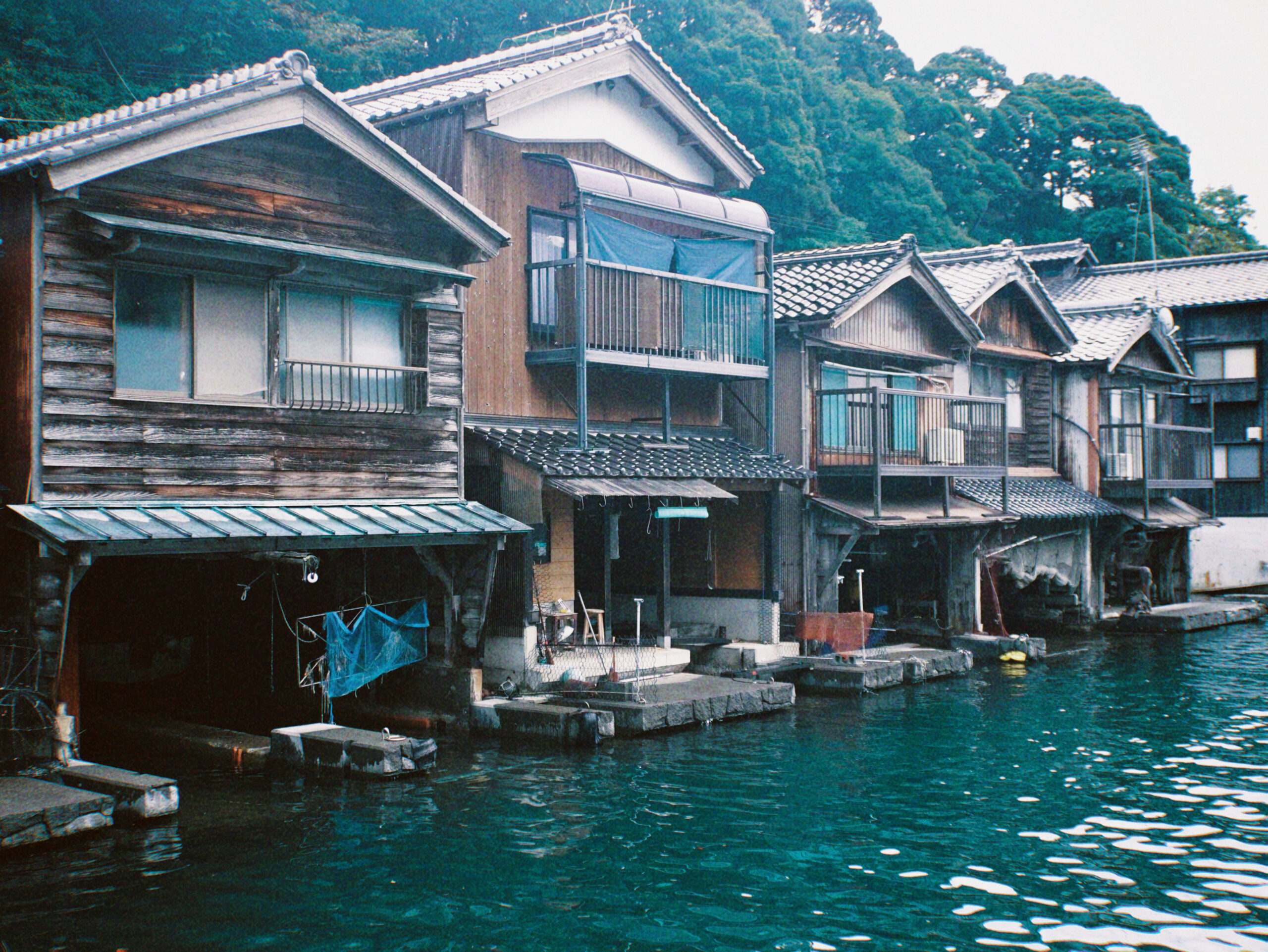
The townspeople must also hold mixed feelings.
The increase of visitors brings wealth, yet it has changed the rhythm of life.
Some may even feel burdened by the constant eyes of tourists.
But it is also true that attention to the Funaya keeps this small town alive.
Between economy and life, between pride and doubt, the town continues on.
One Breath with the Boat
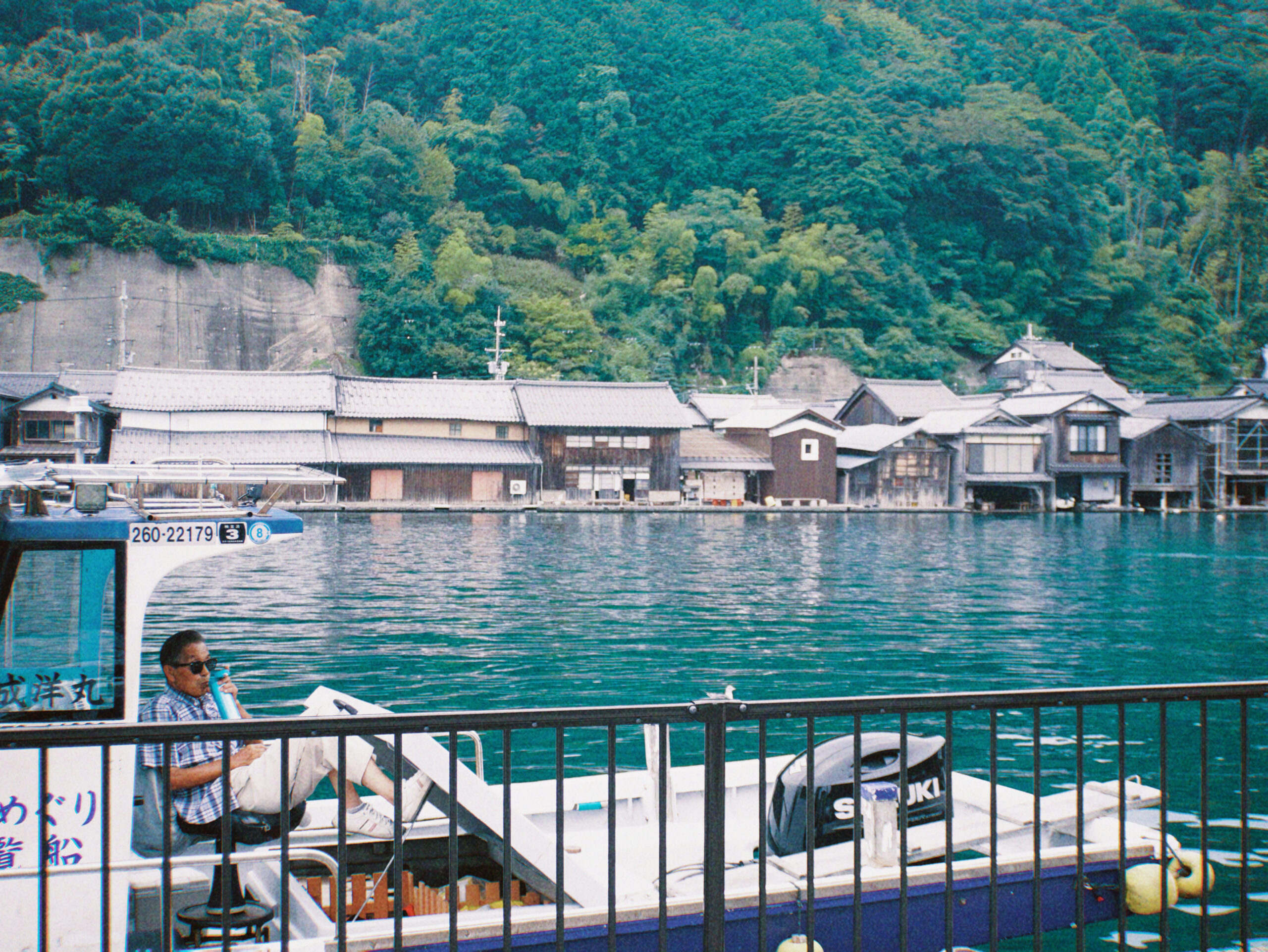
Silence Longer than the Fishing Line
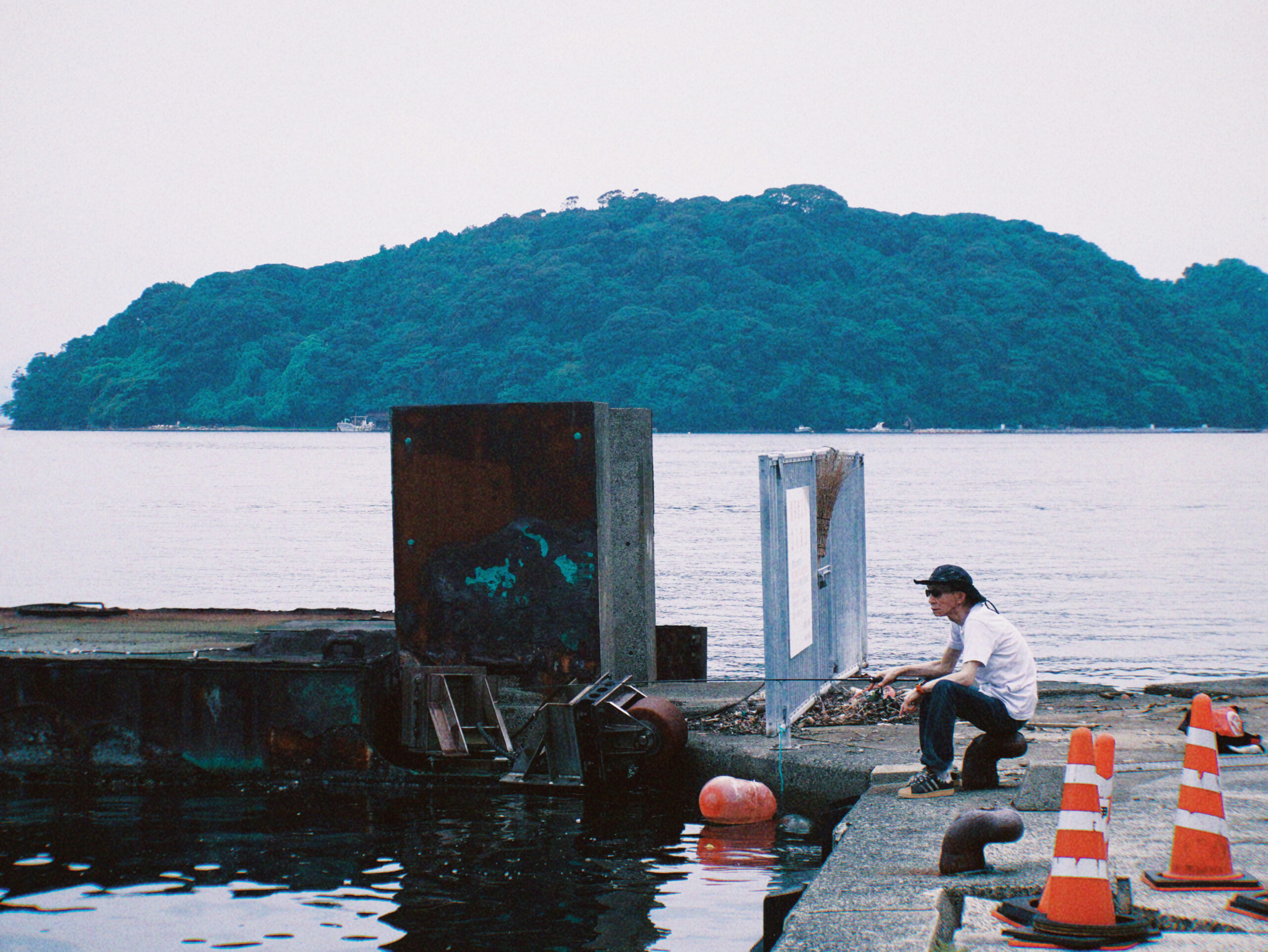
Afternoon Sitting by the Funaya
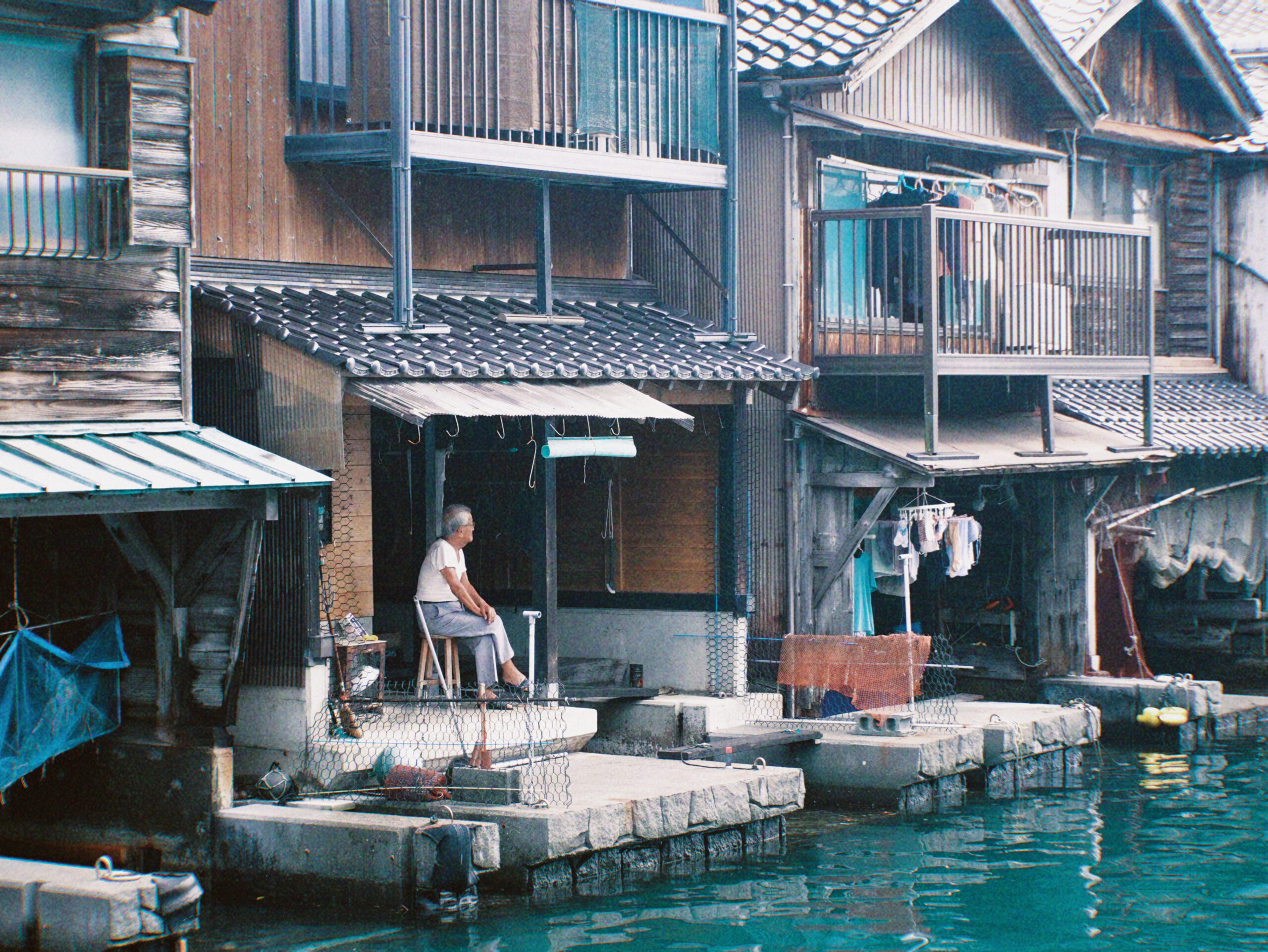
As I walked, I kept thinking, if only I could see Ine in the old days.
When the Funaya were not “resources” but part of daily life itself.
Of course, that wish can never come true.
The past will not return, and the Funaya here now will also keep changing toward the future.
Still, by imagining this “lost time,” I feel closer to Ine.
Not only the visible scenery, but also the lives once lived here.
Daily Life at the Shopfront
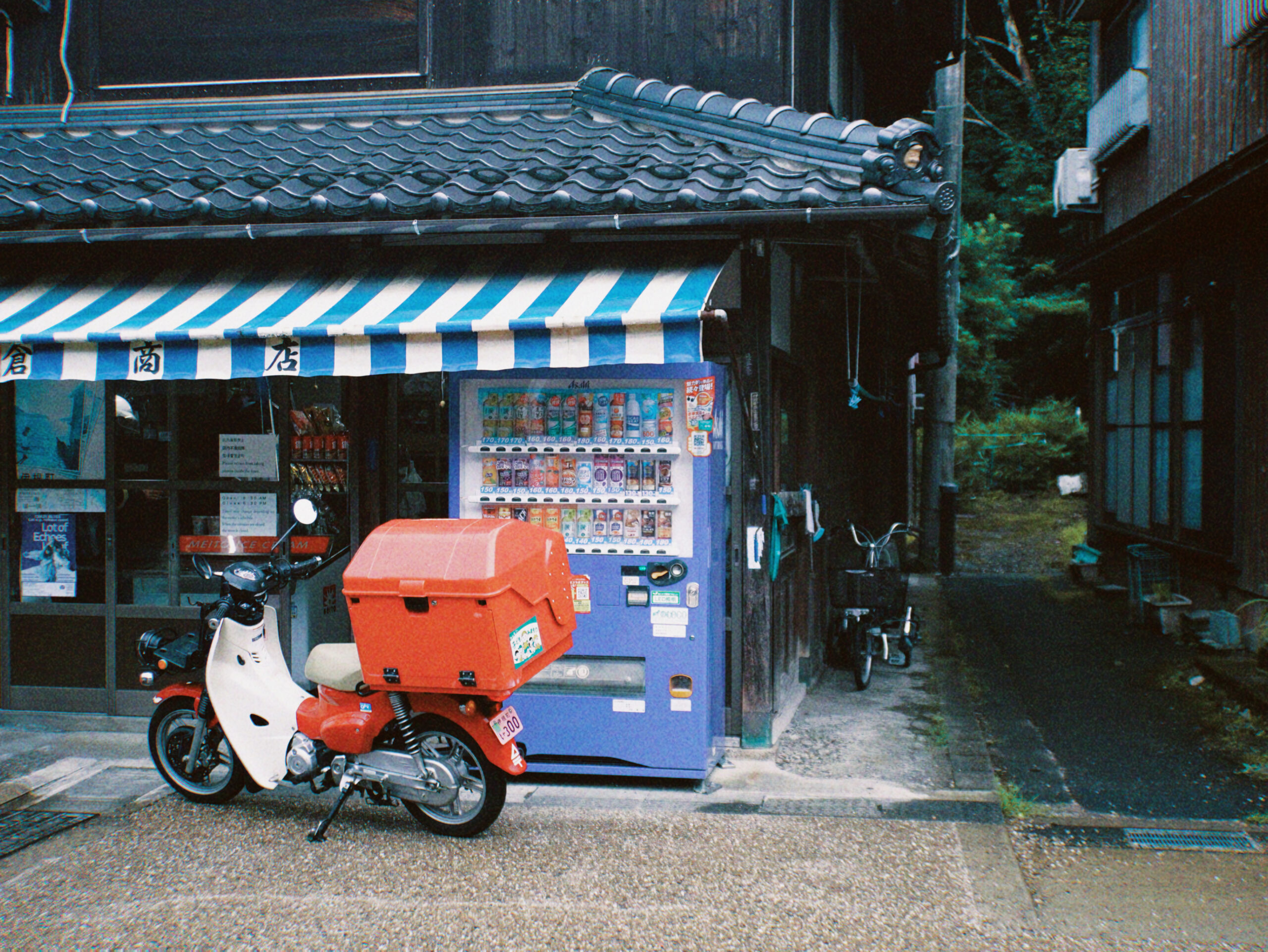
There are towns everywhere that live on as tourist sites.
Yet while enjoying the beauty, I also feel conflict knowing I am one of the tourists entering their space.
The economy that sustains the town, and the rhythm of life that once was.
Each of us who visit must think and search for ways to value both.
I will keep traveling and visiting many towns.
Each time, the same question will return.
What kind of time once flowed before what we see now?
The Funaya of Ine have carved that question deeply within me.
By the Water's Edge
